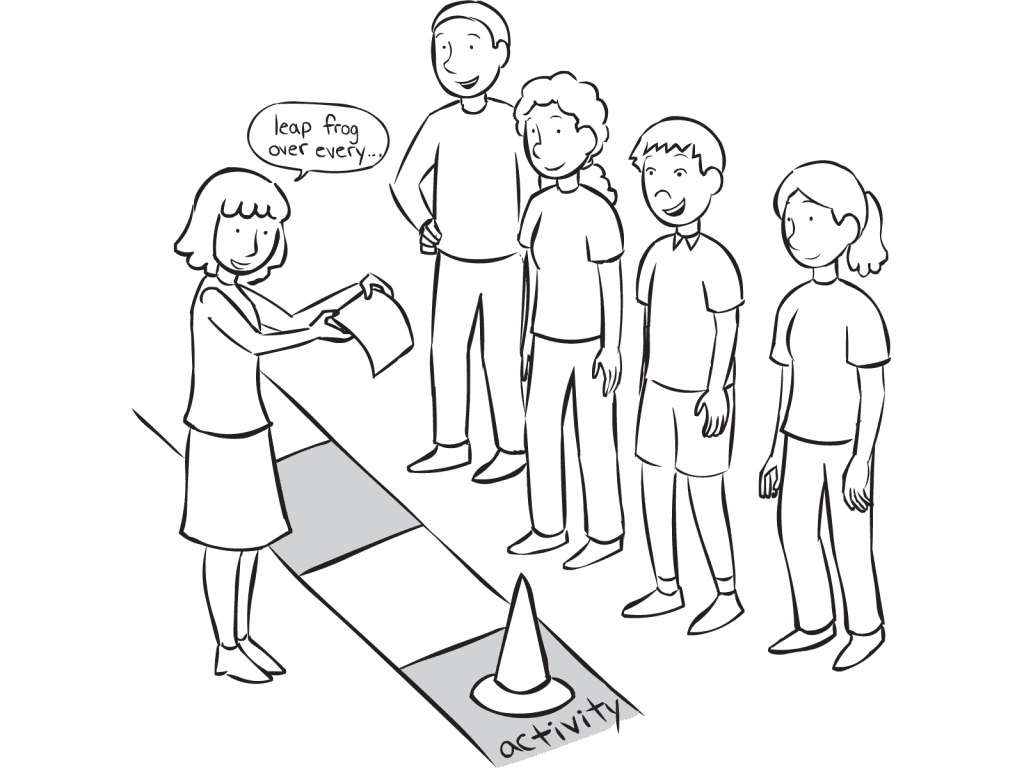Save to Playlist
Step-by-Step Instructions
Resources Premium
How To Play Narrative Premium
Practical Leadership Tips Premium
Social-Emotional Learning Premium
Health & Wellness Programming Premium
Popular Variations Premium
Virtual Adaptation Premium
You Might Also Like... Premium
Useful Framing Ideas Premium
Reflection Tips & Strategies Premium
Source Premium

No Props No Problem
Brand NEW book featuring 150+ outrageously fun group games & activities. Scan QR codes to connect to tons of digital content including video tutorials.
Add to Cart
NEW – No Props No Problem
The best-selling book featuring 150+ outrageously fun group games & activities. Scan QR codes to access exclusive digital content including video tutorials.

Free Ice-Breakers & Group Games
Ten of the best no-prop, interactive ‘get-to-know-you’ games & activities. 100% fun, your group will love ’em. Our most successful giveaway, 10,000+ downloads so far…
Top Ten Icebreakers & Group Games
Download our free 28-page ebook jam-packed with outrageously fun activity ideas.
Just one more question:
I am interested in…
Choose a plan that’s right for you
We offer a range of membership plans with no surprises.
Click an option below & discover our simple pricing.

Individual
Click here if you’re a:
- Teacher
- Corporate trainer
- Outdoor educator
- Camp leader
- Youth leader
- Conference organiser
- Therapist/counsellor
Membership Plans

Enterprise
Click here if you represent a:
- School
- Corporation
- Community-based Organisation
Explore plans for
10, 50, 200 or more
potential users
Membership Plans






This game sounds fun. Do all the teams play at the same time? I’m thinking about doing this with a group of students, with prizes for groups for things other than finishing first. Or perhaps in the processing part after the game, having each team discuss the name of the prize their group should have won (Most Improved, Worst Singers, Terrible with Dice, etc.).
Yes, all teams play at the same time, that’s the idea so your whole group is occupied simultaneously. I like your ideas for rewarding teams for feats other than being first!
Played this with a group of 20 youths with great success. Definitely lots of energy, that didn’t run dry for the hour! It was surprising how consistently both groups progressed through the challenges, with a very tight finisher! (We went for ‘First past the post’ variation).
Had a list of 20 activities to complete and it took just under an hour.
Can recommend!
This gives me so much joy to hear this news and reaction to what is definitely a big-time fave of my groups over the years. Well played Liz.